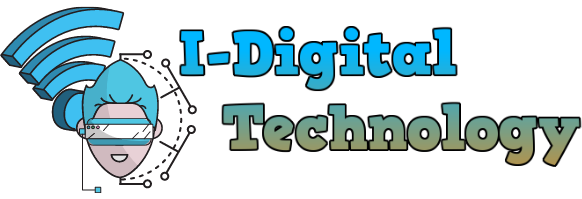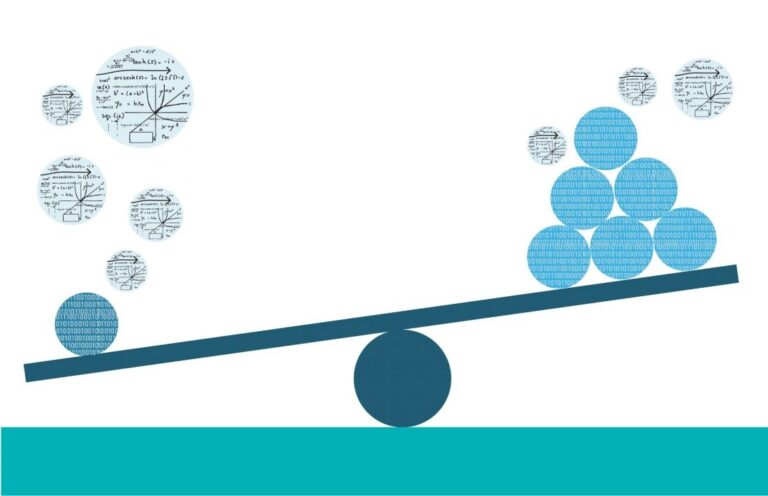1. Rapid technological advancements: Businesses need to keep up with evolving technologies to meet the changing preferences of tech-savvy consumers.
2. Increasing environmental consciousness: Consumers place a growing importance on environmentally friendly products and sustainability practices, requiring businesses to adapt their offerings and supply chain accordingly.
3. Demographic shifts: With changing demographics, businesses need to understand and cater to the needs and preferences of different generations, such as millennials or baby boomers.
4. Omni-channel experience: Consumers expect a seamless experience across multiple channels, such as online, mobile, and physical stores. Businesses must integrate these channels effectively.
5. Personalization: Consumer preferences are increasingly focused on personalized experiences, products, and services. Businesses need to invest in data analytics and customer relationship management systems to deliver tailored offerings.
6. Rising global competition: Businesses face competition not only from local players but also from international companies due to globalization. This necessitates adaptability to international preferences and competitive pricing.
7. Social media influence: Consumer preferences and demands are significantly influenced by social media platforms. Businesses must actively engage in social media marketing and monitor trends to stay relevant.
8. Shortened product life cycles: With rapidly changing preferences, product life cycles have shortened. Businesses need to regularly innovate and update their offerings to keep up with these changes.
9. Supply chain complexities: Globalization and changing consumer demands have made supply chains more complex. Businesses must adapt by optimizing their supply chain to ensure prompt delivery and reduce costs.
10. Changing work culture: Consumer preferences also impact the work culture and employee demands. Businesses need to evolve their HR policies and practices to attract and retain top talent aligned with changing expectations.







Your comment is awaiting moderation.
mostbet sikachat mostbet33012.ru